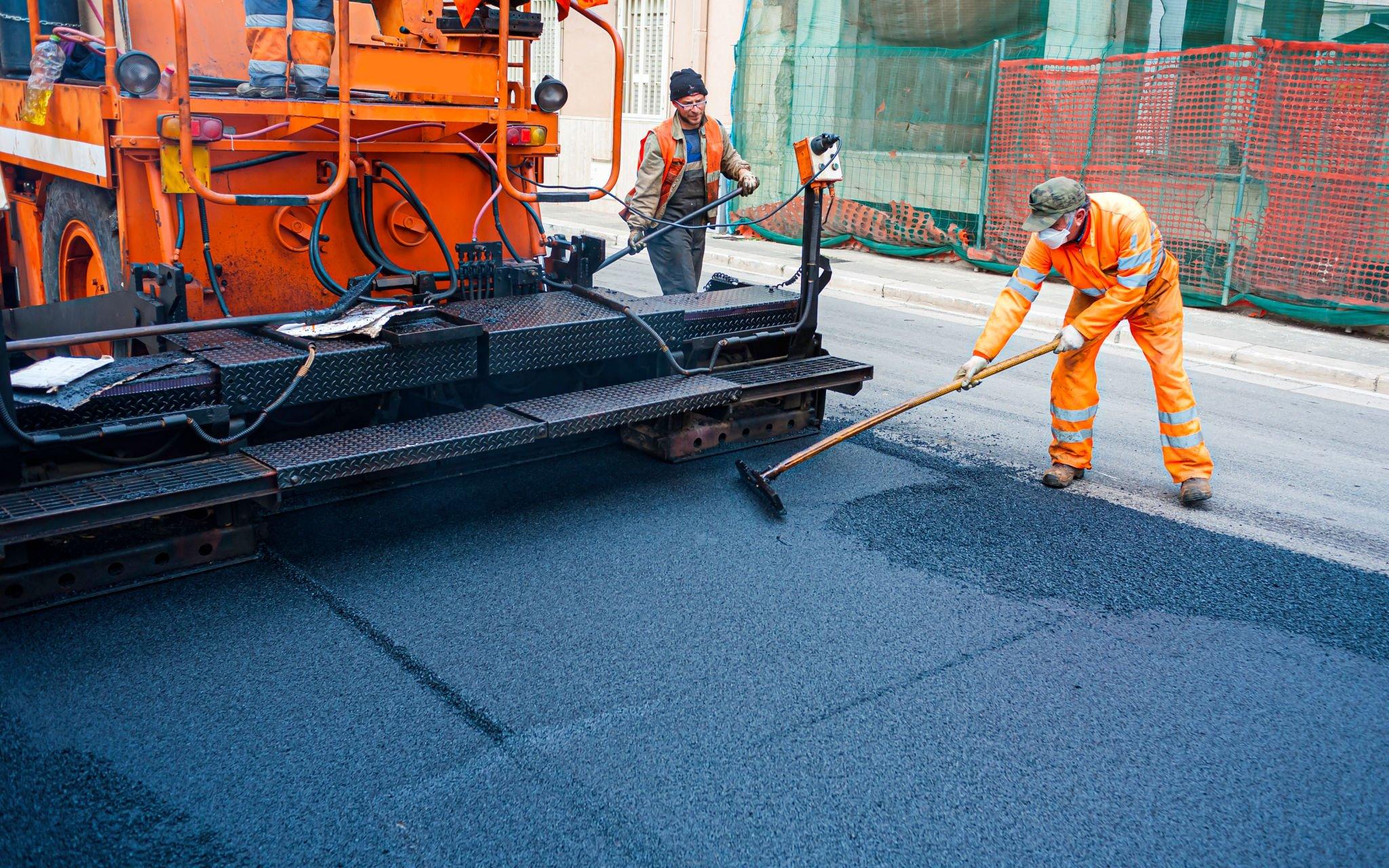Roads are the arteries of modern society, connecting people, places, and economies. Behind
every smooth and durable road lies a carefully chosen pavement type. The selection of the
right pavement is a crucial decision, as it affects road performance, longevity, maintenance
costs, and user safety. In this article, we’ll delve into the world of road pavement types and
help you make an informed choice for your road projects.
- Asphalt Concrete (Hot Mix Asphalt): The Standard Choice
Asphalt concrete, often referred to as hot mix asphalt (HMA), is a widely used road
pavement type. It’s created by mixing aggregates (crushed stone, sand, and gravel) with
asphalt binder. HMA is known for its smooth surface, quick construction time, and relatively
low initial cost. It provides excellent skid resistance and is suitable for a wide range of road
types, from highways to local streets. - Porous Asphalt: Managing Stormwater
Porous asphalt is designed to manage stormwater runoff effectively. This pavement type
features larger voids within the asphalt mixture, allowing water to infiltrate through the
pavement and into the ground below. Porous asphalt helps reduce surface water runoff,
minimize erosion, and recharge groundwater. It’s often used in parking lots, low-traffic
roads, and areas where stormwater management is a priority. - Concrete Pavement: Durability and Strength
Concrete pavement is renowned for its durability, strength, and long lifespan. It’s composed
of a mixture of cement, aggregates, and water, which is poured and cured to form a rigid
pavement surface. Concrete is resistant to heavy loads, extreme temperatures, and oil spills,
making it an excellent choice for high-traffic areas and industrial zones. While initial costs
can be higher, the reduced maintenance and longer lifespan often offset the investment. - Gravel Roads: Simplicity and Affordability
Gravel roads offer a cost-effective solution, especially in rural and low-traffic areas. These
roads are constructed by placing and compacting layers of gravel on a prepared surface.
While gravel roads require regular maintenance due to dust, erosion, and grading needs,
they provide a functional and economical choice for areas with limited budgets. - Chip Seal: Balancing Performance and Economy
Chip seal, also known as surface dressing or tar and chip, involves applying a layer of hot
liquid asphalt over an existing pavement surface, followed by a layer of aggregate chips. This
pavement type provides a balance between cost-effectiveness and performance. It seals
cracks, enhances skid resistance, and extends pavement life. However, it may not be
suitable for high-traffic areas due to the potential for loose aggregate.
- Concrete Grid Pavement: Reinforced Stability
Concrete grid pavement consists of interconnected concrete blocks or units arranged in a
pattern. This design allows for effective drainage and reduces the risk of water-related
damage. The open spaces between the blocks can be filled with grass or other vegetation,
enhancing aesthetics and environmental benefits. Concrete grid pavement is suitable for
areas with heavy loads and challenging soil conditions.
Choosing the Right Pavement Type
Selecting the right pavement type depends on various factors, including traffic volume,
climate, soil conditions, project budget, and maintenance resources. Consider the longevity,
maintenance requirements, safety features, and aesthetics when making your decision.
Collaborating with experienced civil engineers and road construction professionals can help
you weigh the pros and cons of each pavement type and make an informed choice that
aligns with your project’s goals.
In conclusion, road pavement types play a pivotal role in shaping the performance,
appearance, and durability of roads. By understanding the characteristics and benefits of
each pavement type, you can make confident decisions that result in roads that stand the
test of time and serve your community efficiently and effectively.

